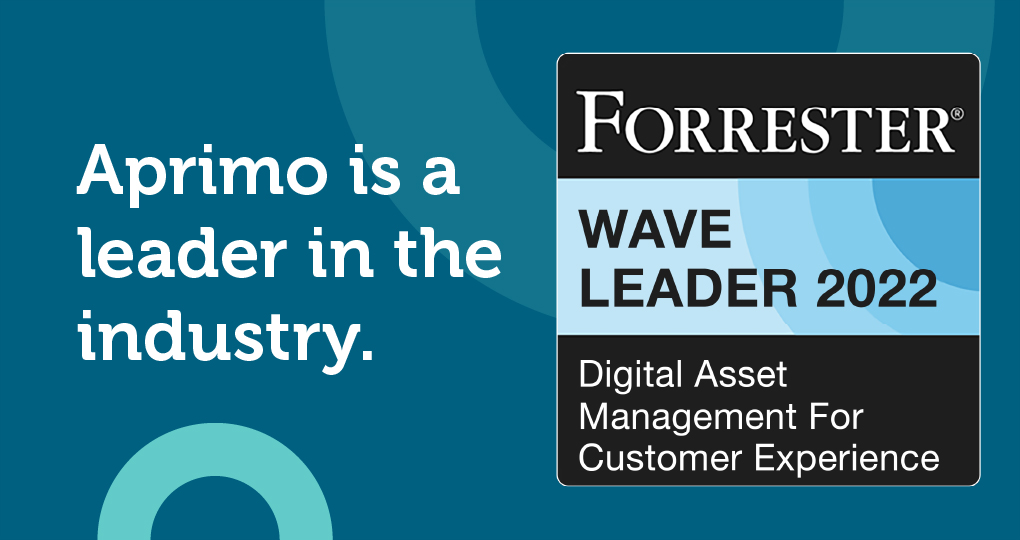The Power of DAM for Technology Brands


The tech industry is fiercely competitive. With the ever-evolving nature of technology and many great ideas vowing to disrupt the status quo, companies must remain organized to gain a needed edge over the competition. That’s where digital asset management comes into play.
Digital asset management (DAM) software optimizes a company’s storage, organization, and access to digital assets. DAM for high tech manages vital digital assets such as photos, videos, and other materials essential to a company’s content operations.
From safeguarding proprietary intellectual property to facilitating collaborative workflows and amplifying brand consistency, DAM is a reliable ally to those at the forefront of technological innovation.
Benefits of DAM for Technology Brands
DAM offer a myriad of benefits for high-tech businesses. These include:
-
Compliance with industry standards: DAM systems can enforce naming conventions and metadata standards, ensuring all assets meet tech-specific requirements.
-
Enhanced brand consistency: By maintaining version control, DAM systems ensure that all branding assets — such as logos, style guides, and design templates — are up to date, keeping branding material consistent as it evolves.
-
Scalability: Rapid growth is nearly synonymous with high tech. DAM systems are scalable, allowing businesses to accommodate this growth without compromising performance or efficiency.
-
Efficient asset organization: Digital assets add up quickly as a company grows. DAM systems provide a centralized and structured digital warehouse for organizing assets, making them easy to find, access, and manage.
-
Effective marketing and communication: By keeping the digital assets that execute marketing and communication strategies organized, accessible, and consistent, DAM empowers these strategies that help tech businesses reach their target audience.


Challenges Addressed by DAM for Tech
Challenges like security, tool integration, regulation, and managing collaboration across multiple departments can arise in the tech industry. Here’s how DAM addresses these challenges and helps tech businesses overcome them:
-
Patents and regulation compliance: The regulatory environment of technology is evolving. As new regulations arise, DAM systems assist in compliance efforts by offering tools to manage assets related to patents, trade secrets, and industry-specific regulatory content.
-
Security of intellectual property: DAM systems provide robust security measures through access control, encryption, and audit trails, ensuring that only authorized personnel can access and modify sensitive IP data.
-
Collaboration, workflows, and product launches: Collaborative workflows are essential for planning and executing a marketing campaign or product launch involving employees from several departments. DAM systems facilitate collaboration and assist in planning product launches and marketing campaigns by helping teams set milestones and create a marketing calendar that works.
-
Integration with industry-specific tools: DAM systems seamlessly integrate with various systems, including content management systems, simplifying the process of incorporating the tools companies use into their asset management organization.
Implementing DAM for Technology Brands
When incorporating DAM software into a tech business, decision-makers should start by pinpointing their organization’s digital asset needs and key challenges, such as retrieval, version control, brand consistency, and intellectual property protection. Research DAM vendors that address these challenges and cater to the specific digital asset types managed by the team.
Once assets and a vendor are in place, initiate data migration and DAM integration while preserving metadata and file structures. Integrate DAM software with existing systems like content management, product lifecycle management, design tools, and marketing automation.
To optimize benefits, provide comprehensive training for all departments, ensuring users understand how to upload, access, search, and collaborate on assets within the DAM system. Regular feedback helps fine-tune DAM software efficiency within the organization.


Key Features of DAM
DAM software tailored for technology businesses should offer a range of key features to address the specific needs of managing marketing assets, intellectual property, and patent information. Some essentials are:
-
Metadata and tagging: Metadata and tagging features enable teams to organize and access digital assets based on detailed information that helps them easily retrieve their assets when needed.
-
Digital rights management (DRM): Access control helps maintain the security of patented or copywritten assets by preventing unauthorized access, copying, or distribution.
-
Audit trails: To follow an asset’s lifecycle, audit trails capture and record all actions taken with each asset. This feature helps track user activities, maintain accountability, and address compliance and security concerns.
-
Data recovery: Intellectual property data is often irreplaceable, so a DAM system should include backup and disaster recovery mechanisms to ensure asset preservation.
-
Encryption: For technology businesses dealing with sensitive intellectual property, technical documents, and proprietary data, encryption helps secure the valuable information in digital assets.


